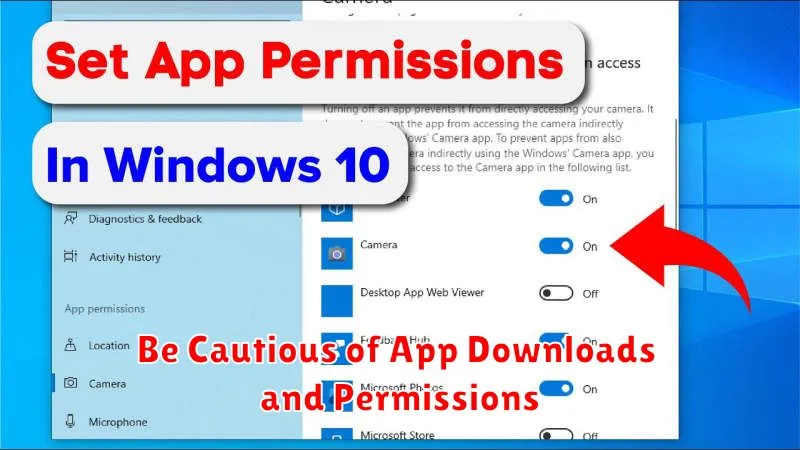In today’s interconnected world, our smartphones have become indispensable tools, storing vast amounts of sensitive information, from personal contacts to financial details. This makes them prime targets for malicious software, commonly known as viruses. Protecting your smartphone from these digital threats is no longer optional, but a necessity. This ultimate guide to virus protection will equip you with the knowledge and tools to effectively shield your smartphone and safeguard your data from the ever-evolving landscape of mobile malware.
This comprehensive guide delves into the critical aspects of mobile security, covering everything from understanding the different types of smartphone viruses and their potential impact to implementing robust security measures. Learn how to identify the telltale signs of an infected device, choose the best antivirus software for your needs, and adopt safe browsing habits to minimize your risk. By following the practical advice and expert recommendations outlined in this guide, you can confidently protect your smartphone and enjoy the peace of mind that comes with knowing your valuable data is secure.
Understanding Mobile Viruses and Threats
Just like computers, smartphones are vulnerable to various malicious software, commonly known as malware. These threats can compromise your device’s security, steal personal information, and disrupt its functionality.
Mobile viruses are a specific type of malware designed to replicate themselves and spread to other devices. They can attach themselves to legitimate apps or files, infecting your phone when you download or install them.
Other mobile threats include:
- Spyware: Secretly monitors your activity and steals data like passwords and credit card numbers.
- Adware: Displays unwanted and intrusive advertisements, often slowing down your device.
- Ransomware: Encrypts your files and demands payment to unlock them.
- Trojans: Disguised as legitimate apps, they grant hackers access to your device.
Understanding these threats is the first step to protecting your smartphone and your valuable data.
Install a Reputable Mobile Antivirus App
A crucial step in protecting your smartphone is installing a reliable mobile antivirus app. These apps act as a first line of defense, scanning for and removing malicious software before it can harm your device. They also offer real-time protection, monitoring your phone’s activity for suspicious behavior.
When choosing an antivirus app, opt for a well-known and reputable provider with a proven track record. Read reviews and compare features to find the best fit for your needs. Free versions often provide basic protection, while paid versions typically offer more advanced features such as anti-theft, VPN, and web protection.
Once installed, ensure the app is actively running and its virus definitions are up-to-date for maximum effectiveness. Regularly scheduled scans are also essential for catching any threats that might slip through.
Regularly Update Your Phone’s Operating System and Apps
Maintaining an up-to-date operating system (OS) and apps is crucial for robust mobile security. Updates frequently include vital security patches that address known vulnerabilities exploited by malware. Failing to update your phone’s software leaves it susceptible to attacks.
Enable automatic updates whenever possible. This ensures you receive the latest security enhancements without manual intervention. For apps, regularly check for updates in your device’s app store and install them promptly.
These updates not only patch security flaws but also often enhance performance and introduce new features. By staying current with software updates, you significantly fortify your phone’s defenses against emerging threats.
Be Cautious of App Downloads and Permissions

App downloads are a primary source of malware. Exercise caution and only download apps from official app stores like the Google Play Store for Android and the Apple App Store for iOS. While not foolproof, these platforms have security measures in place to screen for malicious apps.
Pay close attention to the permissions an app requests. Does a simple flashlight app really need access to your contacts and location? If the requested permissions seem excessive or unrelated to the app’s functionality, reconsider the download. Excessive permissions can be a red flag for malicious intent.
Read app reviews and ratings before downloading. User feedback can often highlight potential security concerns or suspicious behavior. A large number of negative reviews citing issues like intrusive ads, unexpected behavior, or battery drain could indicate a problematic app.
Avoid Clicking on Suspicious Links or Attachments in Emails and Messages
One of the most common ways mobile devices get infected with malware is through phishing attacks. These attacks often involve deceptive emails or text messages containing links or attachments that, when clicked, can install malware onto your device or steal your personal information. Exercise extreme caution when dealing with unsolicited messages or those from unknown senders.
Red flags to watch out for include:
- Links that look shortened or unusual.
- Emails urging immediate action or containing alarming threats.
- Messages with poor grammar and spelling.
- Attachments from unknown senders or unexpected file types.
If you’re unsure about the legitimacy of a message, err on the side of caution and avoid interacting with it. It’s better to be safe than sorry.
Use Strong Passwords and Enable Two-Factor Authentication
Strong passwords are the first line of defense against unauthorized access. Avoid easily guessable passwords like “123456” or “password.” Instead, create passwords that are at least 12 characters long, incorporating a mix of uppercase and lowercase letters, numbers, and symbols.
Consider using a password manager to generate and securely store complex passwords. These tools eliminate the need to memorize numerous difficult passwords.
Two-factor authentication (2FA) adds an extra layer of security. Even if your password is compromised, accessing your account requires a second verification step. This usually involves a code sent to your phone via text, email, or an authenticator app.
Enable 2FA on all accounts that offer it, including email, social media, and financial apps. This significantly reduces the risk of unauthorized access, even if your password is stolen.
Back Up Your Data Regularly
Regular data backups are a critical aspect of mobile security. Backing up your data ensures that even if your phone is compromised by a virus or malware, you won’t lose your valuable information. It provides a safety net, allowing you to restore your data to a clean device.
There are several ways to back up your smartphone data. Cloud-based services offer a convenient option for automatically backing up your photos, contacts, and other data. Many phone manufacturers also provide their own backup solutions. Additionally, you can manually back up your data to a computer.
Establish a consistent backup schedule. Whether it’s daily, weekly, or monthly, regular backups will minimize potential data loss. Consider the frequency with which you create new data and adjust your backup schedule accordingly.
Keep Your Phone’s Software Up-to-Date

Maintaining up-to-date software is a crucial aspect of mobile security. This encompasses not only the operating system (OS) but also individual apps installed on your device. Outdated software can contain vulnerabilities that hackers can exploit to gain access to your personal information. Regularly updating your phone’s software patches these security flaws, reducing your risk significantly.
Operating System Updates: New OS versions often include important security enhancements and bug fixes. Enable automatic updates whenever possible, or regularly check for updates manually in your phone’s settings. These updates often include performance improvements as well.
App Updates: Just like your operating system, apps also receive updates that address security vulnerabilities and improve functionality. Configure your apps to update automatically through your device’s app store settings. This ensures you benefit from the latest security patches and features without manual intervention.
Regularly Scan Your Phone for Viruses
Even with preventative measures, it’s crucial to actively scan your smartphone for viruses. Think of it as a regular health check-up for your device. Most reputable antivirus apps offer a scanning feature. This feature examines your files and apps for any malicious code or suspicious activity.
The frequency of scans depends on your usage. If you frequently download apps from various sources or click on links from unknown senders, consider weekly scans. For less frequent users, monthly scans may suffice. Regardless of your usage, incorporate regular scanning into your smartphone maintenance routine. This proactive approach helps identify and eliminate threats before they can cause significant damage.
Many antivirus apps allow you to schedule automatic scans. Take advantage of this feature to automate the process and ensure consistent protection. Upon completion, the app will typically provide a report summarizing the scan’s findings. Review these reports to understand any potential threats detected and the actions taken by the antivirus software.

